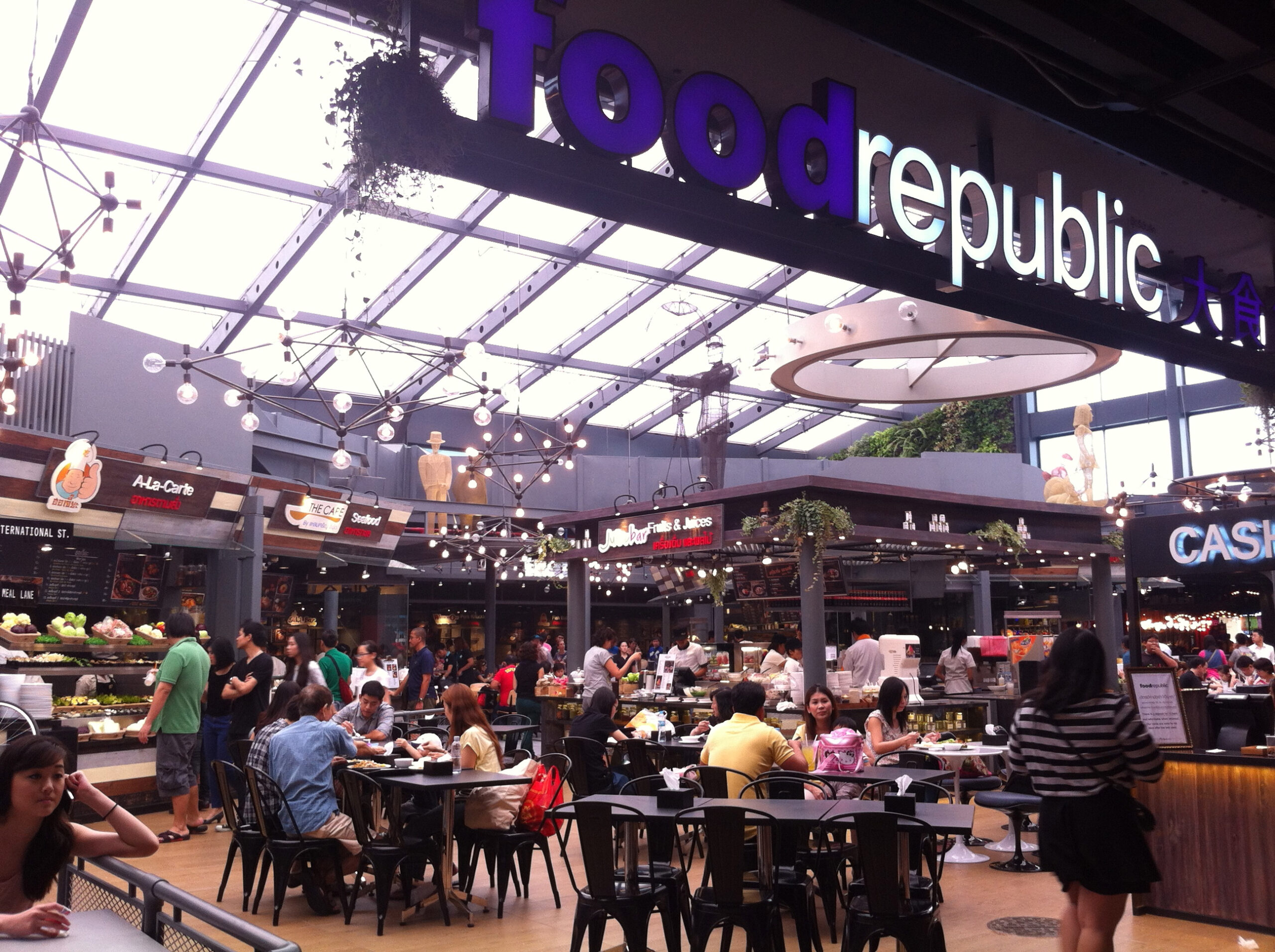Asian markets, and in particular some of the emerging markets of Southeast Asia, are topping the global list in terms of growth, and food and beverage (F&B) is one of the most exciting sectors on the rise.
This is great news for New Zealand and our abundant F&B industry, but the trouble is, we’re not the only nation that wants a piece of the action. Exporters from the US, Europe and Australia are busy building trade links in Southeast Asia and the fight to gain market share is like watching seagulls chasing that elusive chip.
The good news is that we do have a competitive edge with Southeast Asia being right on our doorstep, and the many Free Trade Agreements (FTAs) that we have with the ten ASEAN nations (Association of Southeast Asian Nations) mean that the bustling markets of Singapore, Malaysia, Indonesia, Thailand, Vietnam, Cambodia, Laos, Brunei, Myanmar and the Philippines can import our goods at reduced tariff rates (import duties).
Price sensitivity is a re-occurring theme in Southeast Asia and any savings you can make along the value chain will make a big difference when it comes to developing sustainable export sales into these markets.
There are many links in the chain, starting with the cost of production, adding your margin, then the cost of getting your goods to market (freight and insurance), plus tariffs and taxes payable at the destination, your buyers margin, and so on.
Therefore the entire supply chain, from importers and distributors, to hotel food and beverage managers, to retail category managers, in Southeast Asia are on the lookout for products that will generate healthy profits.
Of course, what constitutes a profitable product line in the eyes of a buyer depends on many factors; not least of which is your ability to impress upon them how the package (product, price and promotional support) you are offering will compete with other suppliers or brands in the category.
Deciding where along the value chain to enter the market depends largely on your category and the markets you plan to enter. For example, a direct-to-retail model for FMCG suppliers may work well in Australia provided you back this up with your own advertising and promotional activities. However, few suppliers would survive, let alone thrive, over the long-term under this model in Southeast Asia.
Why is this? Simply put, the complex regulations and logistical challenges that exist in Southeast Asia are a quagmire that even the most experienced exporters dare not travel.
Preferred distribution strategy
A distributor model is usually the preferred strategy for exporters to this region. A capable distribution partner will guide you through the red tape and safely deliver your goods to multiple sales channels with minimal product returns. Their relationships within the market will also give you leverage when it comes to negotiating with your customers, such as retail buyers or supply chain managers in the food service sector and you will benefit from having a local custodian with a vested interest in the success of your brand.
Under this model you will have to factor in another margin along the value chain, which can mean adjustments to your cost structure, but the real challenge is that there is a limited supply of suitable distributors and you will be competing for their attention against hundreds of hopeful suppliers across the planet.
To be successful in this game you will need more than a great product or service. If you want to develop any new market it’s crucial that you first invest in understanding the unique characteristics of each market. Knowing the constraints of each market and what attributes will persuade a distributor to partner with you are fundamental.
All this is ‘International trade 101’ and yet, how many exporters are really taking the time to do this? How many are really listening to what the buyers in the market are asking for and making adjustments to their product or service offering accordingly?
Many of the importers and distributors I work with often give a little chuckle when we talk about the ‘premium’ nature of New Zealand’s F&B products. It’s only when these claims are backed up with a unique selling proposition and supported by a solid marketing strategy that the buyer will see how the opportunity will translate into more than an ‘expensive’ product line with low volume and high risk.
Winning value proposition
If your goal is to export FCLs (Full Container Loads) into Southeast Asia on a regular basis, then you are going to need to be offering a win-win proposition to your trade partners. Not only must you have a winning value proposition, your pricing must be competitive and you need show a genuine willingness to work with your partner every step of the way to generate sales and gain market share. Your products are not going to sell on their own.
Nada Young is Asia market director for Incite, an international trade services firm that connects New Zealand and international food and beverage suppliers with partners in high growth markets of Southeast Asia and Taiwan.Visit www.exportincite.com




